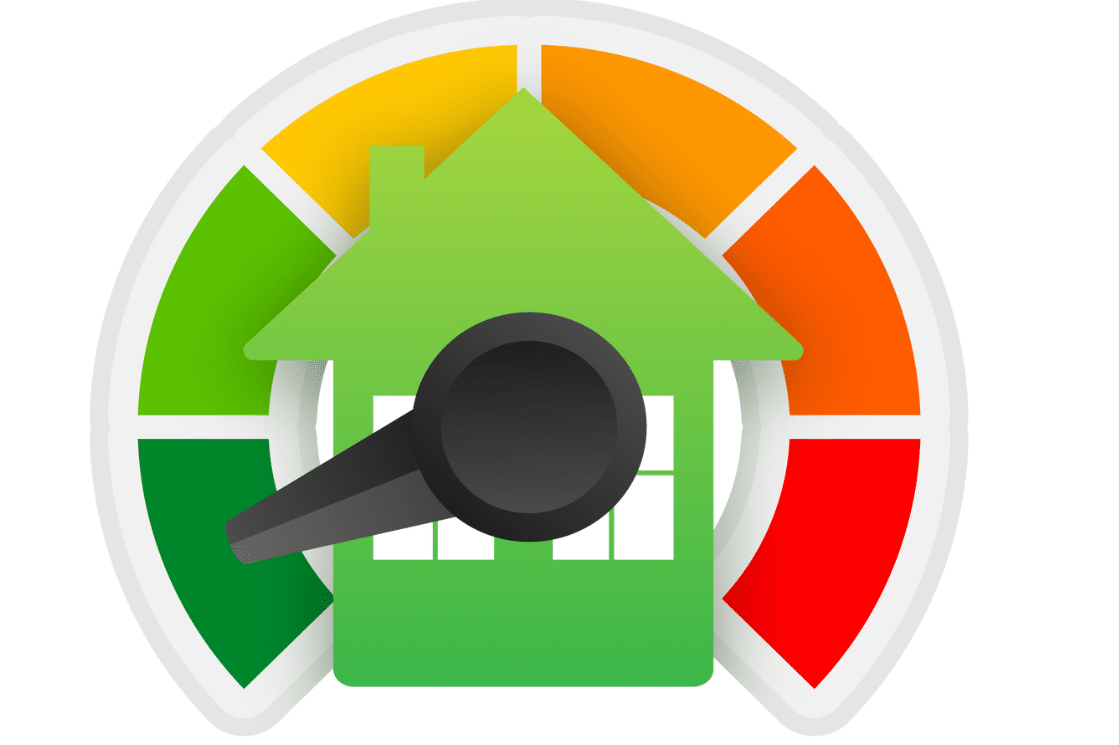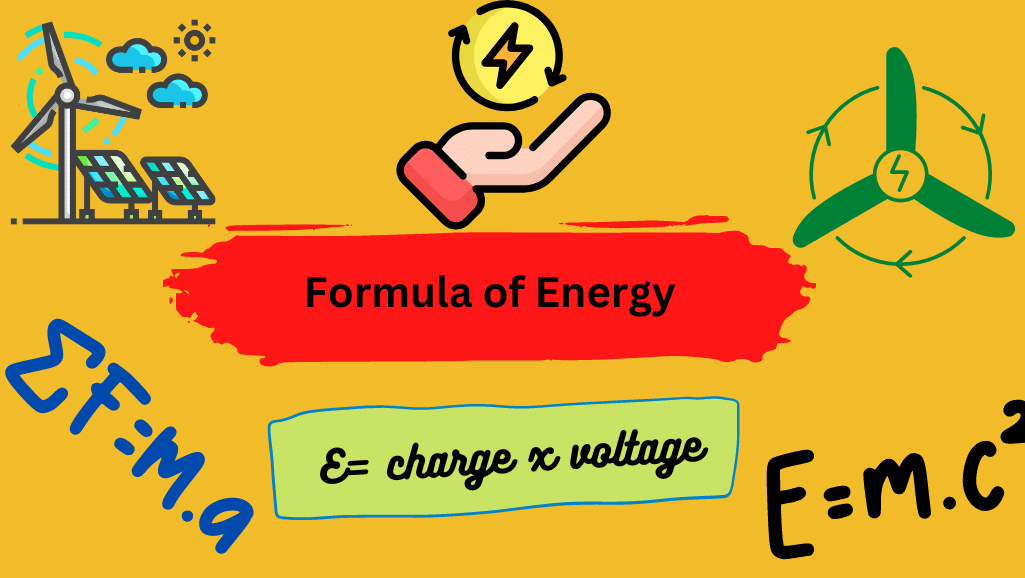Wind energy refers to the process of using wind to generate electricity. Wind turbines convert the kinetic energy of the wind into mechanical power. Wind turbines use blades to collect the kinetic energy of the wind. Wind flows over the blades, causing lift (similar to the effect on aeroplane wings) and turning the blades. The blades are linked to a drive shaft, which turns an electric generator, which generates electricity.

Table of Contents
Working Principle of Wind Turbine
A wind turbine converts wind energy into electricity by utilising the aerodynamic force of the rotor blades. The difference in air pressure between the two sides of the blade generates both lift and drag. The force of the lift is greater than the force of the drag, causing the rotor to spin. The rotor is connected to the generator either directly (if it is a direct drive turbine) or through a shaft and a series of gears (a gearbox) that speeds up the rotation and allows for a physically smaller generator. The conversion of aerodynamic force to generator rotation generates electricity.
Examples of Wind Energy
- Pumping water: Windmills can pump water by utilising wind translation motion to rotate the blades, which are connected to the rotor via gear, which converts the windmill’s rotation motion to reciprocating motion on the crank shaft, which acts on the reciprocating pump to lift water.
- Milling grain: In flour mills, wind energy is used to grind wheat and corn grains into flour. Windmill blades are linked to a drive shaft, which is linked to gears and millstones. The grains are ground into flour when they are poured into the revolving millstone.
- Generating electricity: Wind turbines use blades to collect the kinetic energy of the wind. Wind flows over the blades, causing lift and turning the blades. The blades are linked to a drive shaft, which turns an electric generator, which generates (creates) electricity.
Why Wind Energy is Important?
- The wind is free and reduces the use of fossil fuels like oil, gas and coal.
- Wind turbines take up less space than a typical power plant. The turbines can be installed in remote areas such as the ocean, mountains, and deserts.
- Wind, when combined with other alternative energy sources, can provide a consistent source of electricity.
- Newer technologies improve the efficiency of energy production.
Summary
- Wind generators provide energy that emits no greenhouse gases from fossil fuels and reduces air pollution.
- Wind turbine efficiency can be increased by making towers taller, blades longer in length, and wind turbine blades made of lighter, stronger materials (such as carbon fibres).
More Links
- BCl3 Lewis Structure in four simple steps - November 1, 2023
- PH3 Lewis Structure in four simple steps - October 8, 2023
- PF3 Lewis structure in four simple steps - September 24, 2023



